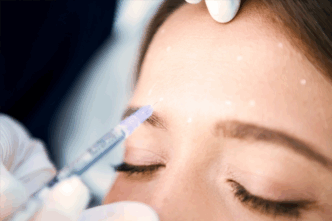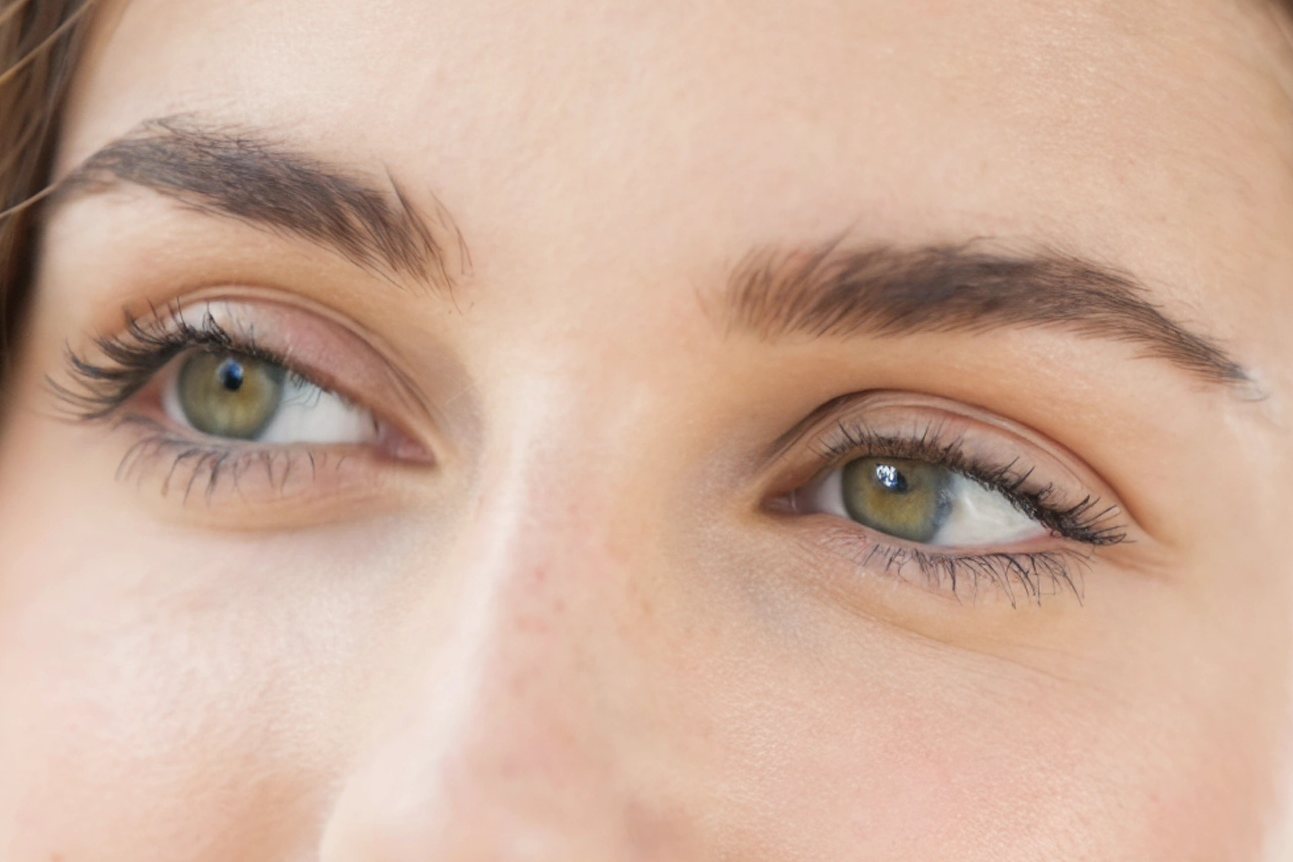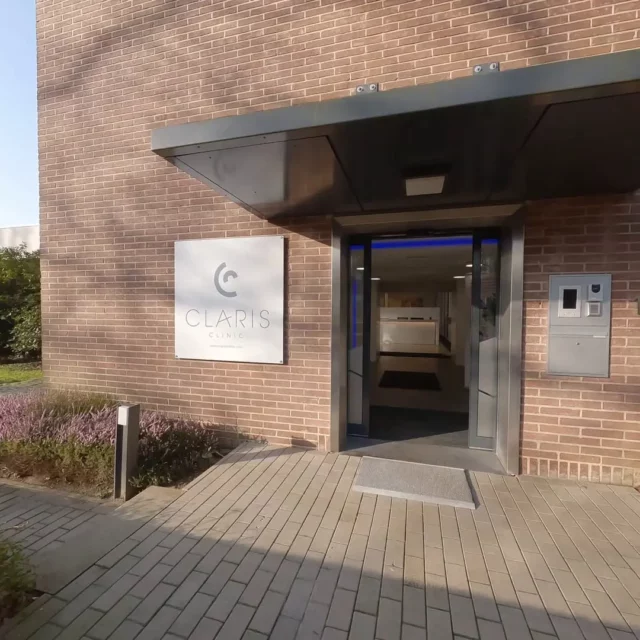Drooping eyelids
Sagging eyelids, resulting from natural aging or an inadequate lifestyle, give a sad, tired look to the face. There are several approaches to treating this phenomenon, depending on the severity of the sagging and personal expectations. Blepharoplasty is commonly used, while other techniques are available for moderate cases.
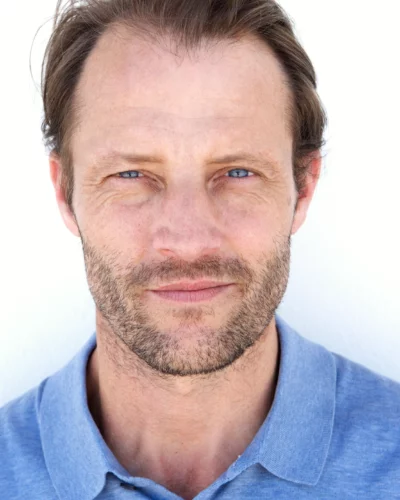
Blepharoplasty
A suitable candidate for eyelid surgery is typically someone with excess skin on the upper or lower eyelids, which may cause wrinkles, under-eye bags, or even affect vision. This concern is effectively addressed through blepharoplasty, a procedure that leaves scars which are virtually invisible once healed.
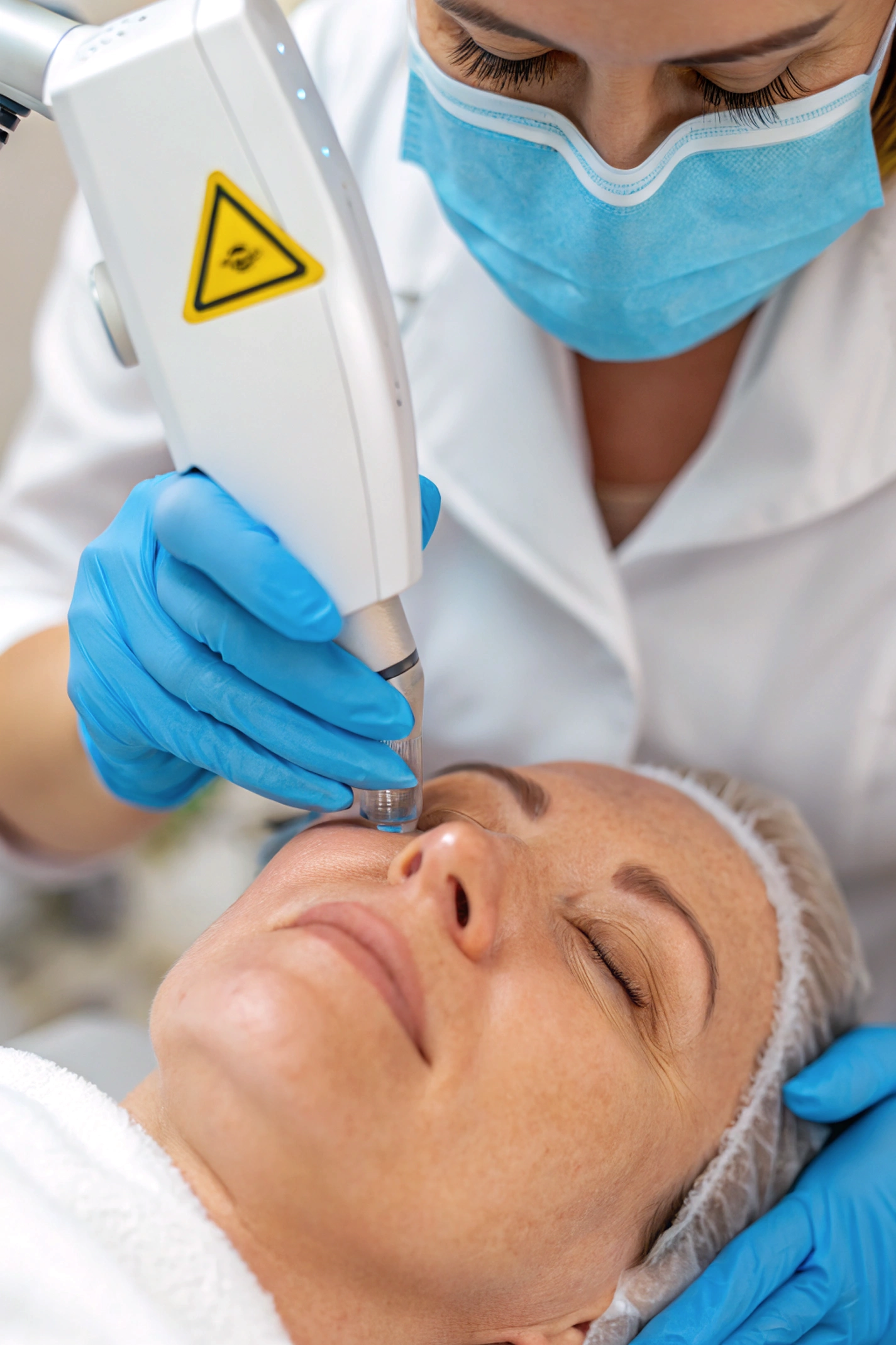
CO2 laser
The CO2 laser is a non-invasive technique for reducing facial wrinkles and skin irregularities, such as blemishes or acne scars. The laser directs concentrated beams of light onto irregular skin, eliminating selected areas layer by layer.
The benefits of droopy eyelid treatments
- Improved vision: reduces visual obstruction
- Rejuvenated look: refreshes facial expressions and reduces signs of fatigue
- Durable solutions: long-lasting outcomes with minimal scarring
- Various options: surgical or non-invasive treatments based on your needs
- Targeted rejuvenation: CO2 laser and injections for natural results
- Facial harmony: enhances symmetry around the eyes
- Rapid recovery: modern methods with minimal side effects
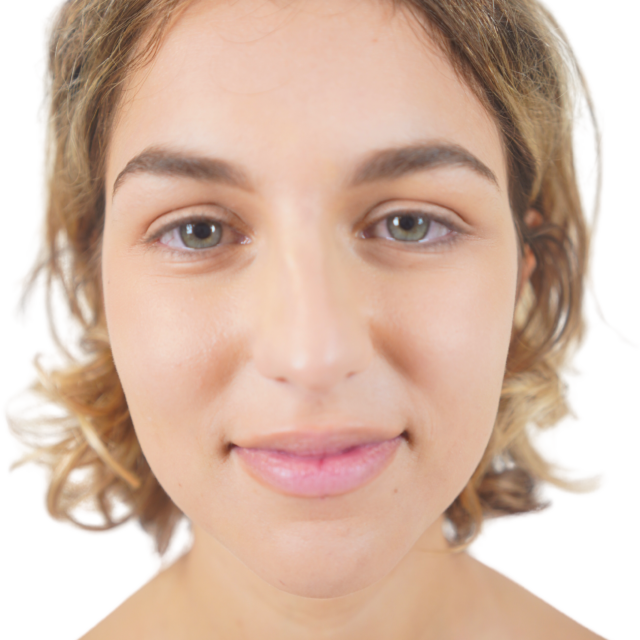
Frequently asked questions
What causes droopy eyelids?
In most cases, droopy eyelids are caused by skin ageing, typically beginning around the age of 50. The skin around the eyes, particularly the eyelids, is the thinnest on the face, making it especially delicate and more prone to sagging.
In concrete terms, the levator muscle, which controls eyelid movement, can be affected by wear and tear over time, even if it remains structurally healthy. When this happens, the muscle may no longer function properly, making it difficult for the eyelid to open or close completely.
Skin and muscle ageing are accelerated by unhealthy lifestyle choices. A poor diet, alcohol consumption, smoking, and a lack of sleep all negatively impact the tissue development over time.
Droopy eyelids, also known as ptosis or palpebral ptosis, are sometimes accompanied by excess skin, also due to ageing, which can cause even greater visual discomfort.
While there is no particular danger associated with drooping eyelids, the visual discomfort can be significant, even disabling in some severe cases. Additionally, the aesthetic appearance of drooping eyelids makes the eyes look tired and aged, diminishing their natural expressiveness.
In some cases, eyelid drooping can occur prematurely due to a lifelong weakness in the levator muscle or as a result of neurological conditions that affect nerve transmissions.
How can you prevent droopy eyelids?
Droopy eyelids are often linked to genetic factors, but the sagging of the eyelid skin can be delayed with proper care. Maintaining skin hydration, avoiding alcohol and tobacco, and getting enough sleep can help improve skin quality over time. The eyelids are especially vulnerable to sagging due to their thin and delicate structure.
While genetic predisposition and skin ageing cannot be avoided, several factors can worsen their effects. Eyelid sagging can be delayed or limited by focusing on the following:
- Tobacco: impairs circulation and accelerates skin ageing.
- Alcohol: dehydrates the skin, which damages its protective layer. As this layer is already very thin on the eyelids, the skin can become extremely fragile.
- Sleep: insufficient rest is common and the long-term effects are especially visible on the face, particularly around the eyes.
Lifestyle choices significantly influence facial ageing, even if the effects are not always immediately visible. Accumulated fatigue and prolonged dehydration weaken the skin over the long term, with visible effects often appearing only after several years.
Why do eyelids droop?
Droopy eyelids are a natural phenomenon that occurs over time. With age, the lift muscle weakens, and excess skin can appear, contributing to drooping eyelids. This sagging is often linked to genetic predisposition.
How is care provided?
Each treatment is tailored to the patient’s individual needs. During your initial consultation at Claris Clinic, you will discuss your goals with the doctor to determine the most suitable solution.
Every step is then adapted to your profile and medical history. Depending on the treatment, preparation and recovery time may vary considerably, but the level of care remains consistent until the final result is achieved.
How can droopy eyelids be treated?
- Cosmetic surgery: Blepharoplasty. Blepharoplasty is the most common eyelid surgery, designed to remove excess skin from the upper or lower eyelids. It is recommended in cases of physical discomfort, particularly when heavy eyelids interfere with vision or prevent the eyes from fully opening. The procedure is also commonly performed for aesthetic reasons, to create a more refreshed and youthful appearance by reducing sagging skin and revealing more of the eyes. Blepharoplasty leaves no visible marks, with minimal scarring carefully hidden within the eyelid crease or along the upper lash line.
- An initial consultation with a doctor is essential to understand your needs and expectations. Your medical history and other relevant factors will be carefully considered to recommend the most appropriate treatment for you.
- Aesthetic medicine: other techniques. Many other less invasive solutions are available for those who do not want or need surgery. A slight drooping of the eyelids does not necessarily require surgery.
- The CO2 laser offers visible rejuvenation by stimulating the skin’s natural production of collagen and melanin. The treatment is non-invasive, carries a very low risk of unforeseen side effects, and results can be maintained over time with proper care.
- Hyaluronic acid or botulinum toxin injections can also be used to restore volume, smooth fine lines, and relax the muscles responsible for expression wrinkles such as crow’s feet. The entire eye area is rejuvenated and appears refreshed.
These techniques can be applied to the entire face or targeted to specific areas. This decision is made together with a doctor during a preparatory consultation. This essential step helps define your goals and ensures you receive personalised advice tailored to your profile from a specialist in facial care and surgery.
How much does correction cost?
The price of a procedure will vary depending on its complexity and the personalised treatment plan established with the doctor. CO2 laser treatment costs approximately €500, while hyaluronic acid injections are around €350. An estimate for blepharoplasty can only be provided following an initial consultation.


